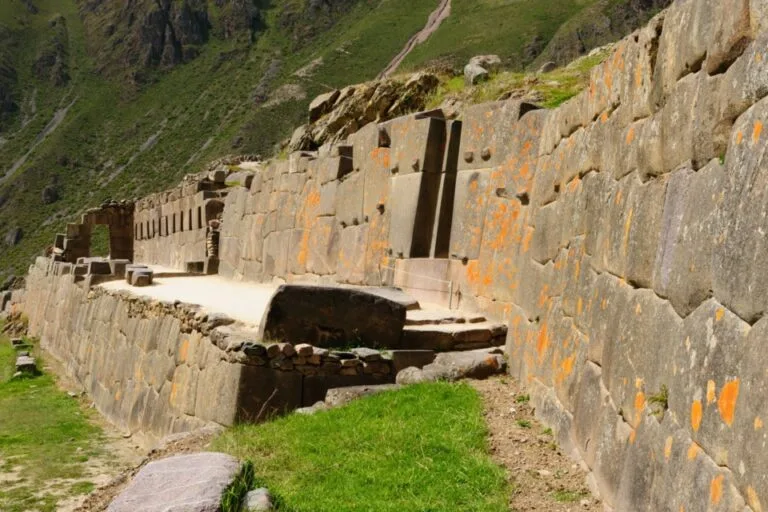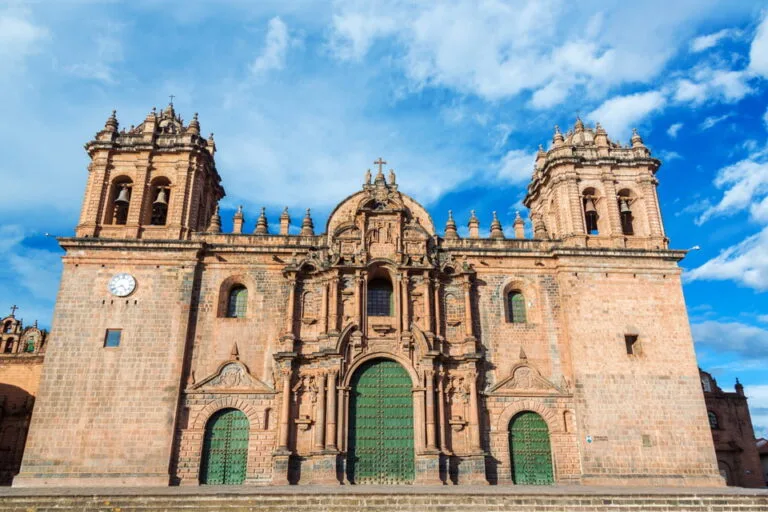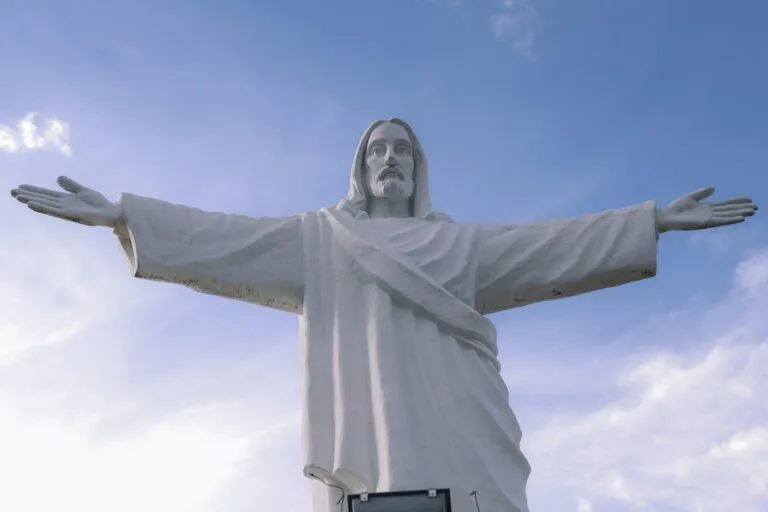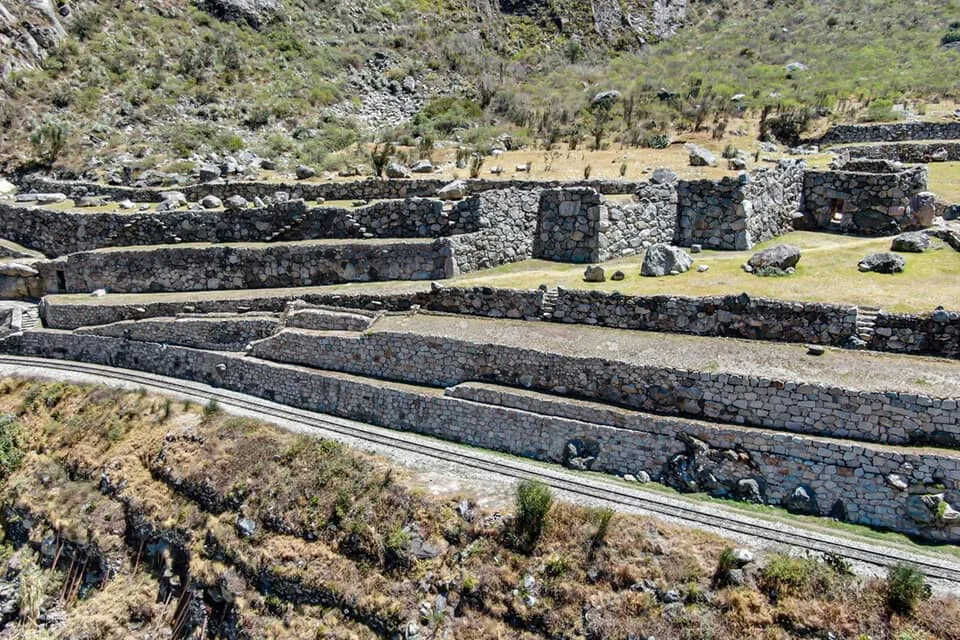Can you imagine overlooking Machu Picchu from above while walking along a path steeped in history and mysticism? Huayna Picchu, the towering mountain behind the Inca citadel, offers a one-of-a-kind experience of nature, adventure, and panoramic beauty.
2. Location and Elevation
Huayna Picchu (or Wayna Picchu) is part of the Machu Picchu Historic Sanctuary, in the Urubamba province (Cusco region, Peru). Its summit rises to 2,693 m.a.s.l., about 260 meters above the citadel. From there, you'll have a privileged view of the terraces, temples, and stone walls, with the Urubamba River winding through the canyon below.
3. History and Significance
- Ceremonial Center: Huayna Picchu was likely a sacred site where rituals and offerings were made to the Andean gods, particularly for fertility and mountain worship (apus).
- Inca Trail: The ancient stone path built by the Incas is a testament to their architectural genius, integrating the mountain into their spiritual and defensive system.
- Early Explorations: Although Hiram Bingham popularized the site in 1911, local residents had known about Huayna Picchu for generations.
4. The Ascent: Stairs of Death
The most famous and challenging part of the hike is known as the “Stairs of Death”, a narrow path carved into rock that climbs steeply to the summit. The name sounds dramatic, but the real risk is minimal if you stay focused. If you suffer from vertigo, take your time and use the hand ropes for safety.
- Approximate duration: 2 to 3 hours (round trip), depending on fitness and how long you spend at the top.
- Difficulty: Moderate to high, depending on acclimatization and hiking experience.
5. What to See at the Top
- Panoramic View of Machu Picchu: The most acclaimed reward is the full view of the Inca citadel, with its terraces and temples rising from the Andean jungle.
- Inca’s Chair: Near the summit is a carved stone believed to be a ceremonial throne.
- Minor Archaeological Remains: The mountain features Inca terraces and enclosures that may have had ritual or defensive purposes.
- Temple of the Moon: A detour on the mountain's far side leads to this mystical cave temple, another sacred Inca site.
6. Tickets and Schedule
To access Huayna Picchu, you must purchase the Machu Picchu + Huayna Picchu ticket. Spaces are limited (400 per day in two time slots), so reserve early.
Entry Times- First group: 7:00 – 8:00 a.m.
- Second group: 9:00 – 10:00 a.m.
7. Recommendations
- Plan in advance: Buy tickets online or through a trusted agency.
- Acclimatize: Spend a day or two in Cusco to adjust to the altitude.
- Proper clothing and footwear: Wear trekking shoes and dress in layers for changing temperatures.
- Water and snacks: Stay hydrated and carry light food to boost energy.
- Take it slow: The trail is steep and narrow—move carefully and respect fellow hikers.
- Camera ready: Each stretch offers unforgettable views of the mountains and citadel.
8. Frequently Asked Questions
1. Is it harder than Machu Picchu Mountain?
Yes, Huayna Picchu is considered steeper and more demanding due to its narrow stairs, while Machu Picchu Mountain is longer but with a wider trail.
2. Do I need a guide?
Not required, but highly recommended to learn the history and respect archaeological rules.
3. How much time should I plan for the whole hike?
Allow half a day (4 to 5 hours) to explore Machu Picchu, climb Huayna Picchu, and enjoy rest and photos.
4. What if it rains or there’s fog?
Andean weather is unpredictable. Bring a light rain jacket. Fog often clears to reveal stunning views.
5. Is there an age limit to climb?
The recommended minimum age is 12. Those with mobility issues should assess the difficulty before attempting the hike.







